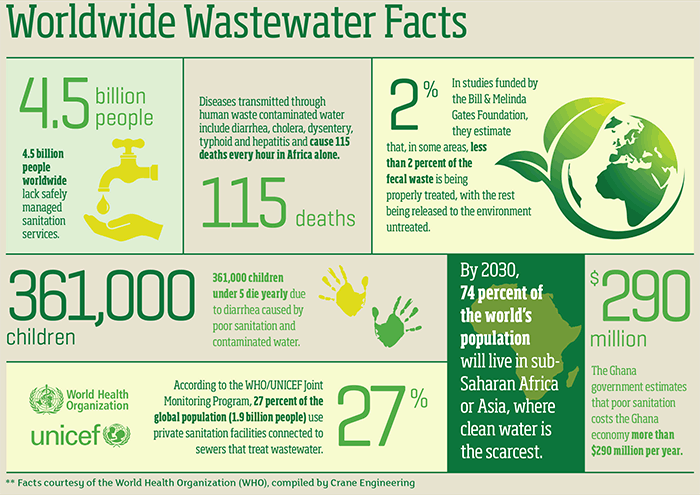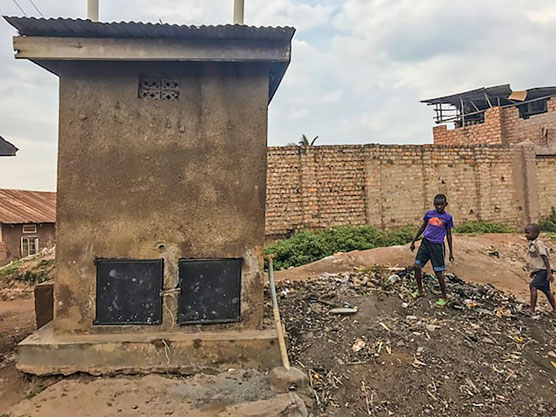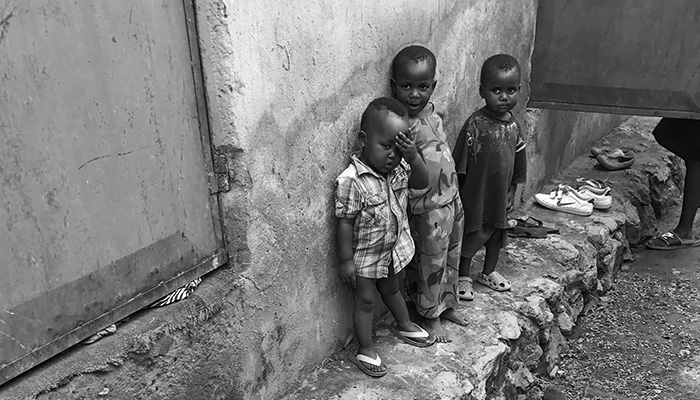Crane Engineering awarded Gates Foundation grant for sustainable wastewater solutions.
Pumps & Systems
09/10/2018
For Mark Hassman, it all started with a church mission trip to Swaziland a decade ago. There, Hassman was part of a group that was helping repair a community center. One job was to remodel the bathrooms. “It didn’t drain well, so to walk in there, they had to walk through the nasties to get to the toilet,” Hassman said. “One of my jobs was to chip a drainage ditch so it would drain better. “The kids looked me right in the eye as I was kneeling down and looked as happy as they could be walking barefoot so they could go to the bathroom. That image stuck with me for a long time. No kid should ever have to live this way.”
.jpg) Image 1. Open and untreated sewage (Images courtesy of Crane Engineering)
Image 1. Open and untreated sewage (Images courtesy of Crane Engineering).jpg) Image 2. Workers emptying fecal sludge into transport drum
Image 2. Workers emptying fecal sludge into transport drum  Click here to view a larger version of this fact sheet.
Click here to view a larger version of this fact sheet..jpg) Image 3. A lot of waste does not go to a treatment plant. Instead it is simply dumped, says Crane Engineering’s Mark Hassman.
Image 3. A lot of waste does not go to a treatment plant. Instead it is simply dumped, says Crane Engineering’s Mark Hassman. Image 4. The lives of children in underdeveloped nations are at risk because of poor sanitation and contaminated water.
Image 4. The lives of children in underdeveloped nations are at risk because of poor sanitation and contaminated water..jpg) Image 5. Many residents use an outhouse that contains a toilet but no plumbing.
Image 5. Many residents use an outhouse that contains a toilet but no plumbing. Image 6. Crane Engineering hopes to test the processor prototype in an African city after tests in the U.S.
Image 6. Crane Engineering hopes to test the processor prototype in an African city after tests in the U.S.
To hear a Pumps & Systems podcast episode with Mark Hassman of Crane Engineering, click here.

